Possibilities for Hardness Enhancement of Lead-Based Alloys: A Review
DOI: 10.23977/jmpd.2025.090109 | Downloads: 45 | Views: 1107
Author(s)
Noemi Laszlo 1
Affiliation(s)
1 Metalloglobus Femonto Ltd, 2-4. Sirkert ut, Budapest, Hungary
Corresponding Author
Noemi LaszloABSTRACT
Antimony plays a crucial role in lead-based alloys, primarily enhancing their mechanical properties and resistance to corrosion. It is commonly used as a hardening agent in lead alloys, improving their durability and performance in various industrial applications. However, the use of antimony has become increasingly problematic due to its limited availability and the challenges associated with its procurement. This article addresses the need to replace antimony with alternative alloying elements, exploring potential substitutes that can provide similar or enhanced properties. The paper investigates various alloying elements, such as tin, copper, and others, evaluating their effectiveness in replacing antimony in lead-based alloys. It also examines the impact of these substitutions on the physical, mechanical, and chemical properties of the alloys. The aim is to offer a comprehensive understanding of how these alternative elements can optimize the performance of lead alloys, ensuring sustainability and reliability in their applications.
KEYWORDS
Alloying, Hardness, Lead-Based Alloy, Microstructure, SolderingCITE THIS PAPER
Noemi Laszlo, Possibilities for Hardness Enhancement of Lead-Based Alloys: A Review. Journal of Materials, Processing and Design (2025) Vol. 9: 81-92. DOI: http://dx.doi.org/10.23977/jmpd.2025.090109.
REFERENCES
[1] Mahmudi, R., et. al., (2007) Impression creep behavior of cast Pb–Sb alloys, Journal of alloys and compounds, 427, 1-2, 124-129
[2] Martin, J.W. (2005) Materials for Engineering, Third edition, Woodwead Publishing, 71-100.
[3] Gruber, Gy., Szabványos színesfémek és ötvözeteik jellemzői és alkalmazása https://www.nive.hu/Downloads/ Szakkepzesi_dokumentumok/Bemeneti_kompetenciak_meresi_ertekelesi_eszkozrendszerenek_kialakitasa/5_0225_005_101115.pdf
[4] Jullian, E., et. al (2003) New lead alloys for high-performance lead–acid batteries, Journal of Power Sources, 116, 1-2, 185-192.
[5] Ehsaan-Reza, et. al, (2016) Effect of antimony addition relative to microstructure and mechanical properties of continuous cast lead alloy, Metal, 1-9.
[6] Rogatchev, T., Ruevski, St., Pavlov, D. (1976) Mechanical and corrosion properties of low antimony lead alloys, Journal of Applied Electrochemisty, 6, 33-36.
[7] Pb-Sb phase diagram, https://m.blog.naver.com/hojin1772/222690447879
[8] Mevlut, S. (2011) Mechanical properties of directionally solidified lead-antimony alloys, International Journal of Minerals, Metallurgy and Materials, 18, 5, 582-588
[9] Ishirava, S., Tamura, K. et. al. (2010) Effect of amount of antimony on sliding wear resistance of white metals, Tribology International, 43, 935-938
[10] Callister W.D. (2003) Material Science and Engineering: An Introduction. Sixth Edition, New Jersey: John Wiley & Sons
[11] Pola, A. et. al. (2010) Semisolid lead-antimony alloy for cars batteries, Transactions of nonferrous metals society of China, 20, 1774-1779.
[12] Cattaneo, E., Stumpf, H., Tillmann, H.G. (1997) Continuous casting of lead-antimony alloys, Journal of Power Sources, 67, 1-2, 283-289.
[13] Lead-Base Babbitt Alloy 13, UNS L53346, https://www.matweb.com/search/DataSheet.aspx?MatGUID= 42325a8ecf154c618104fc54a62c668b,
[14] ISO 9453:2020 - Soft solder alloys — Chemical compositions and forms, p. 1-13.
[15] Lead-arsenic alloy (UNS L50300–L50399), 2013, AZO Materals, https://www.azom.com/article.aspx?ArticleID=9552#:~:text=Lead-Arsenic%20Alloy%20%28UNS%20L50300% E2%80%93L50399%29%20Arsenic%20is%20chemically%20very,bismuth%20to%20provide%20resistance%20to%20bending%20and% 20creep
[16] Mao, G.W., et. al. (1969) The Microstructure of Lead-Base Alloys, Metallography, 1, 3-4, 339-423.
[17] Goodwin, F. (2011) Lead and lead alloys, Uhlig's Corrosion Handbook, Third Edition, 787-808
[18] Nataran, R. Lead Alloys Unravelled: Understanding the role of Alloy Elements used in Battery Manufacture, https://medium.com/@rameshnkailad/lead-alloys-unraveled-understanding-the-role-of-alloy-elements-used-in-battery-manufacture-968c2aa82d78
[19] Bagshaw, N.E. (1995) Lead alloys: past, present and future, Journal of Power Sources, 53, 1, 25-30
[20] Gad Allah, A.G., Abd El-Rahman, H.A., Abd El-Galil, M. (1996) Role of minor alloying elements on the performance of lead/acid battery grids. Part 2. Corrosion of lead-arsenic alloys, Journal of Power Sources, 62, 1, 51-57.
[21] Claesson, E., Rod, O. (2016) The effect of alloying elements on the corrosion resistance of brass, Materials Science and Technology 32, 167, 1-10.
[22] Smolkova V.S., et. al., Effect that arsenic in the grid alloy has on the operation of lead-acid accumulators, U.S. Department of Energy Office of Scientific and Technical Information. 52-53.
[23] IARC Monographs on the identification of carcinogenic hazards to humans, International agency for research of cancer, https://monographs.iarc.who.int/list-of-classifications,
[24] IRIS Toxicological Review of Inorganic Arsenic, CASRN 7440-38-2, 2025, p. 1-6.
[25] Leaded coppers, Resources: Standards & Properties - Copper & Copper Alloy Microstructures: Leaded Coppers
[26] Copper – Strength – Hardness – Elasticity – Crystal Structure, https://material-properties.org/Copper-mechanical-properties-strength-hardness-crystal-structure/#:~:text=Vickers%20hardness%20of%20Copper%20is%20approximately%20350%20MPa.,is%20Mohs%20scale%2C%20 which%20is%20used%20in%20mineralogy.
[27] Hüter, C. (2010) Pattern formation during diffusional transformations in the presence of triple junctions and lattice strain: Green's function methods, PhD dissertation, RWTH Aachen University, 86
[28] Nestler, B. et. al. (2010) Phase-field model for solidification of a monotectic alloy with convection, Physica D., 141, 133-154.,
[29] Kenneth Ramage, C. (1980) Lyman Cast Bullet Handbook, 3rd edition, 1980, 50-54
[30] Frost, H.J., et. al, (1988) Creep and tensile behaviour of lead-rich, lead-tin solder alloys, IEEE Transaction on Components, Hybrids and Manufacturing Technology, 11, 4, 371-379
[31] Saad, E. et. al. (2014) Influence of minor additions of tin (Sn) on the mechanical properties of lead alloys PbCaCdSb, Physical and Chemical News, 74, 10, 51-58.
[32] Jackobson, D.M. (2004) Principles of soldering, ASM International, The Materials Information Society, 2004,1-12.
[33] Thompson, J.G. (1930) Properties of lead-bismuth, lead-tin, type metal, and fusible alloys, Bureau of Standards Journal of Research, 5, 5, 1-23.
[34] Aamir, M. et. al., Relationships between Microstructure and Mechanical Properties in High Sn Content Pb-based and Pb-Free Solder Alloy after Thermal Aging, International Journal of Advanced Materials and Manufacturing, 1, 1, 33-41
[35] Adetunji, O.R. et. al. (2021) Tensile, hardness and microstructural properties of Sn-Pb solder alloys, Materialstoday: proceedings, 44, 1, 321-325.
[36] Handbook on lead-bismuth eutectic alloy and lead properties, materials, compatibility, thermal-hydraulics and technologies (2015), Nuclear science, 28-31.
[37] Ishizuka, M. (2004) Operation time control of a high-density packaging using a low melting point alloy, IEEE Transactions on components and packaging technologies, 27, 2, 239-243.
[38] Roshan Manoj, A.K., Abhilash, C. (2019) Low Melting Point Alloys: A Review, International Journal of Engineering Research & Technology (IJERT), 8,4, 73-75.
[39] Atomic radius of elements, https://www.periodic-table.org/Zinc-atomic-radius/#:~:text=The%20atomic%20radius%20of%20Zinc%20atom%20is%20122pm,which%20the%20electron%20cloud%20extends% 20from%20the%20nucleus
[40] Song, H., et. al.(2017) Local lattice distortion in high-entropy alloys, Physical Review Materials, https://journals.aps.org/prmaterials/abstract/10.1103/PhysRevMaterials.1.023404
[41] Copper – Strength – Hardness – Elasticity – Crystal Structure, https://material-properties.org/Zinc-mechanical-properties-strength-hardness-crystal-structure/
[42] Yamashita, J., et. al. (1997) Effect of dissolved gases on porosity formation of cast zinc alloy, U.S. Department of Energy, Office of Scientific and Technical Information, 635-642.
| Downloads: | 4143 |
|---|---|
| Visits: | 263344 |
Sponsors, Associates, and Links
-
Forging and Forming
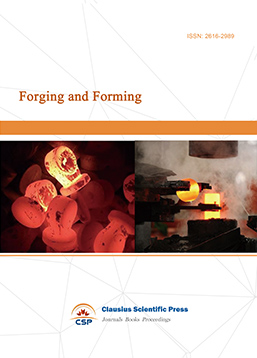
-
Composites and Nano Engineering
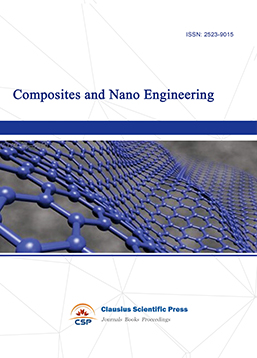
-
Metallic foams
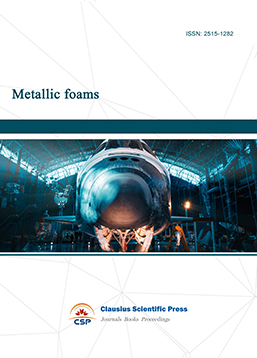
-
Smart Structures, Materials and Systems
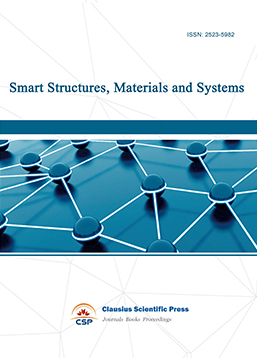
-
Chemistry and Physics of Polymers
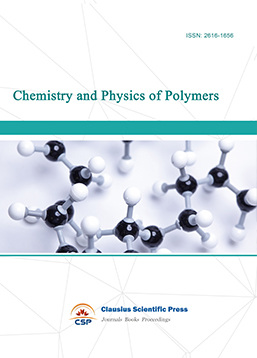
-
Analytical Chemistry: A Journal
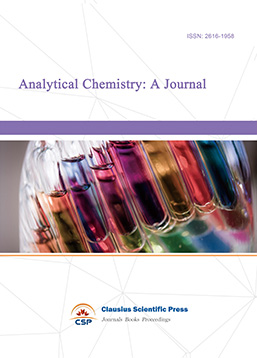
-
Modern Physical Chemistry Research
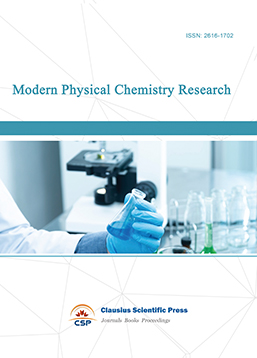
-
Inorganic Chemistry: A Journal
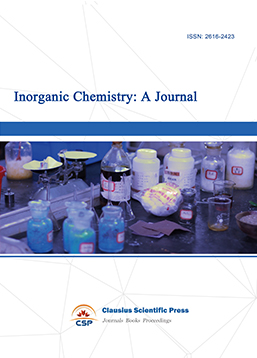
-
Organic Chemistry: A Journal
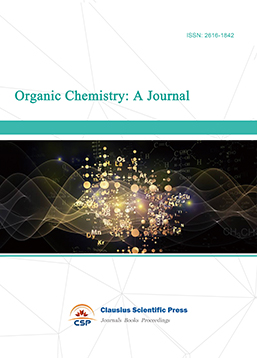
-
Progress in Materials Chemistry and Physics
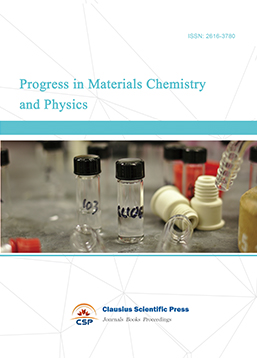
-
Transactions on Industrial Catalysis
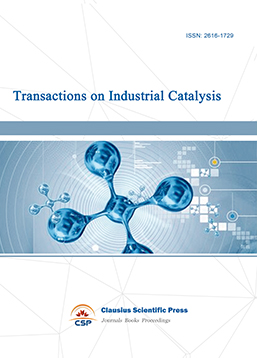
-
Fuels and Combustion
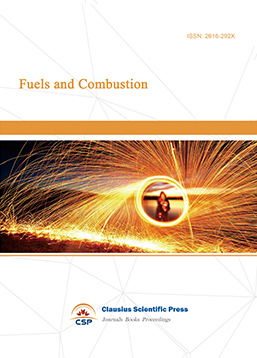
-
Casting, Welding and Solidification
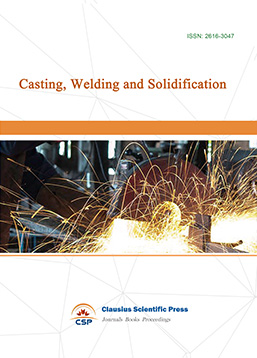
-
Journal of Membrane Technology
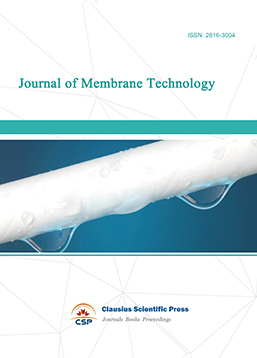
-
Journal of Heat Treatment and Surface Engineering
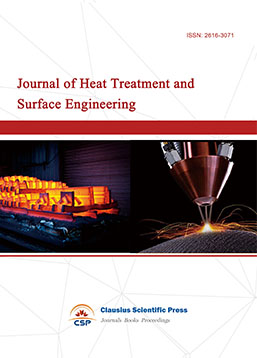
-
Trends in Biochemical Engineering
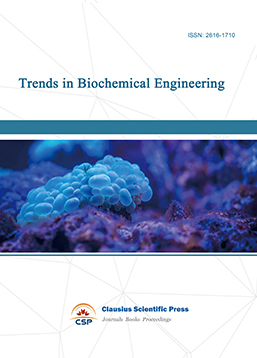
-
Ceramic and Glass Technology
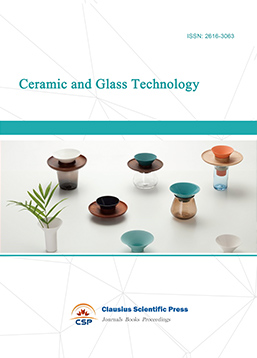
-
Transactions on Metals and Alloys
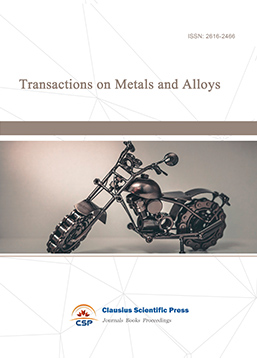
-
High Performance Structures and Materials
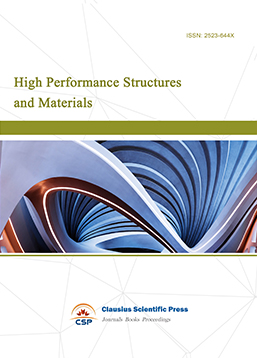
-
Rheology Letters
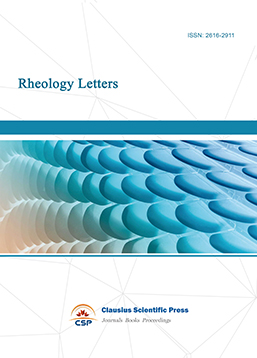
-
Plasticity Frontiers
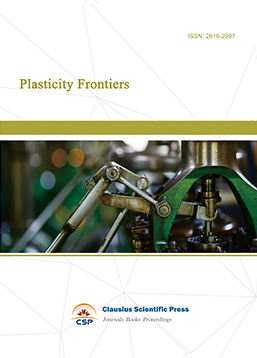
-
Corrosion and Wear of Materials
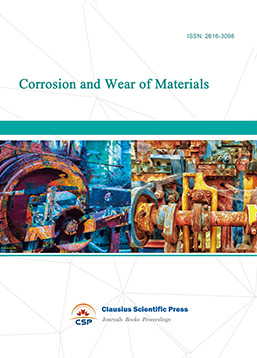
-
Fluids, Heat and Mass Transfer
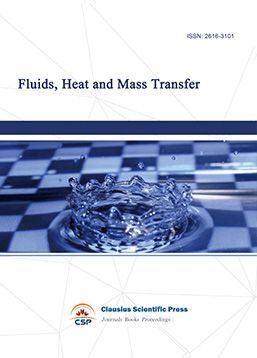
-
International Journal of Geochemistry
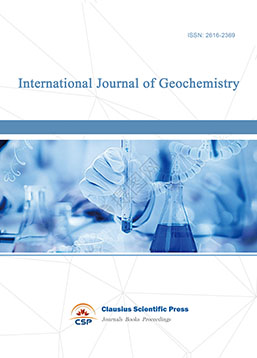
-
Diamond and Carbon Materials
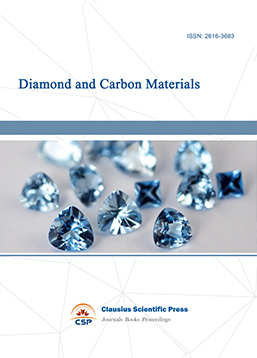
-
Advances in Magnetism and Magnetic Materials
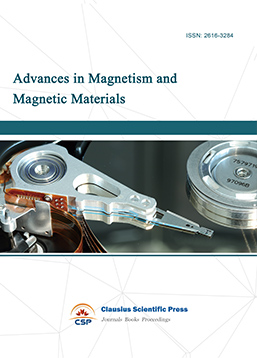
-
Advances in Fuel Cell
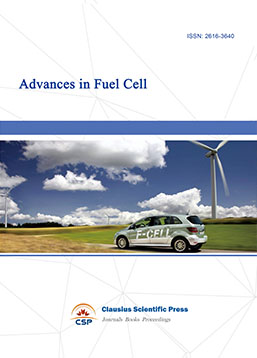
-
Journal of Biomaterials and Biomechanics
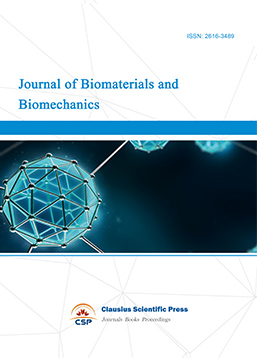

 Download as PDF
Download as PDF